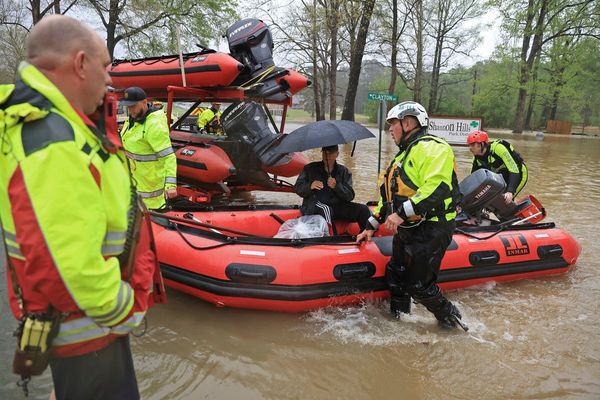In the month leading up to the panchayat elections in West Bengal, 40 people were killed in poll-related violence. This is not an exception; an analysis of past data shows that political violence and related deaths peaked during and around all the recent polls in West Bengal. Moreover, a comparison of States shows that West Bengal stands out in this regard. Only Jammu and Kashmir (J&K), a highly militarised region, recorded more such incidents in the recent past. Political violence peaked in West Bengal during the 2019 Lok Sabha elections and related deaths peaked during the 2018 panchayat elections.
These conclusions are based on an analysis of data sourced from the Armed Conflict Location and Event Data Project’s conflict dataset. The database has a record of incidents of political violence in different States since 2016. It gets its data from local media and official sources. Its own local partners too record data. Political violence here includes instances of armed clashes, significant arrests, attacks, incidents of force/state intervention during demonstrations, property destruction, mob violence, and violent demonstrations. Incidents such as peaceful protests, including those staged by political parties, were ignored if no violence was recorded.
Map 1 | The map shows the number of incidents of political violence recorded between 2016 and July 7, 2023, across States.
Charts appear incomplete? Click to remove AMP mode
While West Bengal stands out, most States recorded some degree of political violence. Such incidents occurred most in J&K, West Bengal, Uttar Pradesh, and Punjab. Since 2016, J&K has witnessed 8,301 such incidents, more than double the 3,338 instances recorded in West Bengal. However, it is important to note that a sensitive border territory such as J&K has many groups which act violently with a political purpose. In addition, given the excessive military presence in J&K, daily clashes with militants who claim to have a “political goal” are also recorded as political violence in the database. The fact that political violence in J&K is not concomitant with the elections conducted in the State and is consistently high throughout the year makes J&K superfluous for this analysis.
Click to subscribe to our Data newsletter
Major States with relatively fewer incidents of political violence include Himachal Pradesh, Uttarakhand, Telangana, Rajasthan and Karnataka. They recorded less than 700 such incidents in total since 2016.
Chart 2 | The chart shows the number of fatalities (right axis) and incidents of political violence (left axis) over time in West Bengal. The grey bars correspond to parliamentary, Assembly, municipal and panchayat elections in the State.
Violence peaked around the Lok Sabha elections during the months of April and May in 2019 (365 incidents). Fatalities peaked around the panchayat polls during April and May in 2018 (44 deaths).
Chart 3 | The chart shows the number of incidents of political violence over time in select States. The dotted line in each chart corresponds to the 2019 general elections.
Only States in which political violence peaked around the 2019 general elections have been depicted. However, it is important to note that the 2019 general elections were the only Lok Sabha polls since 2016, the year from which this data was recorded. Aside from West Bengal, the trend of high political violence during general elections also holds true for J&K, Punjab, Bihar, Assam, Tripura, Chhattisgarh, and Kerala. The trend holds true even for States with generally low levels of political violence such as Andhra Pradesh, Delhi, Goa, Arunachal Pradesh, Meghalaya, Sikkim, and Telangana.
Anushka Kataruka is interning with The Hindu Data Team
Source: Armed Conflict Location and Event Data Project
Also read | Alarm bells: on the violence in the West Bengal panchayat elections
Listen to our data point podcast: How Turkey’s economic and political trajectory compares to India







